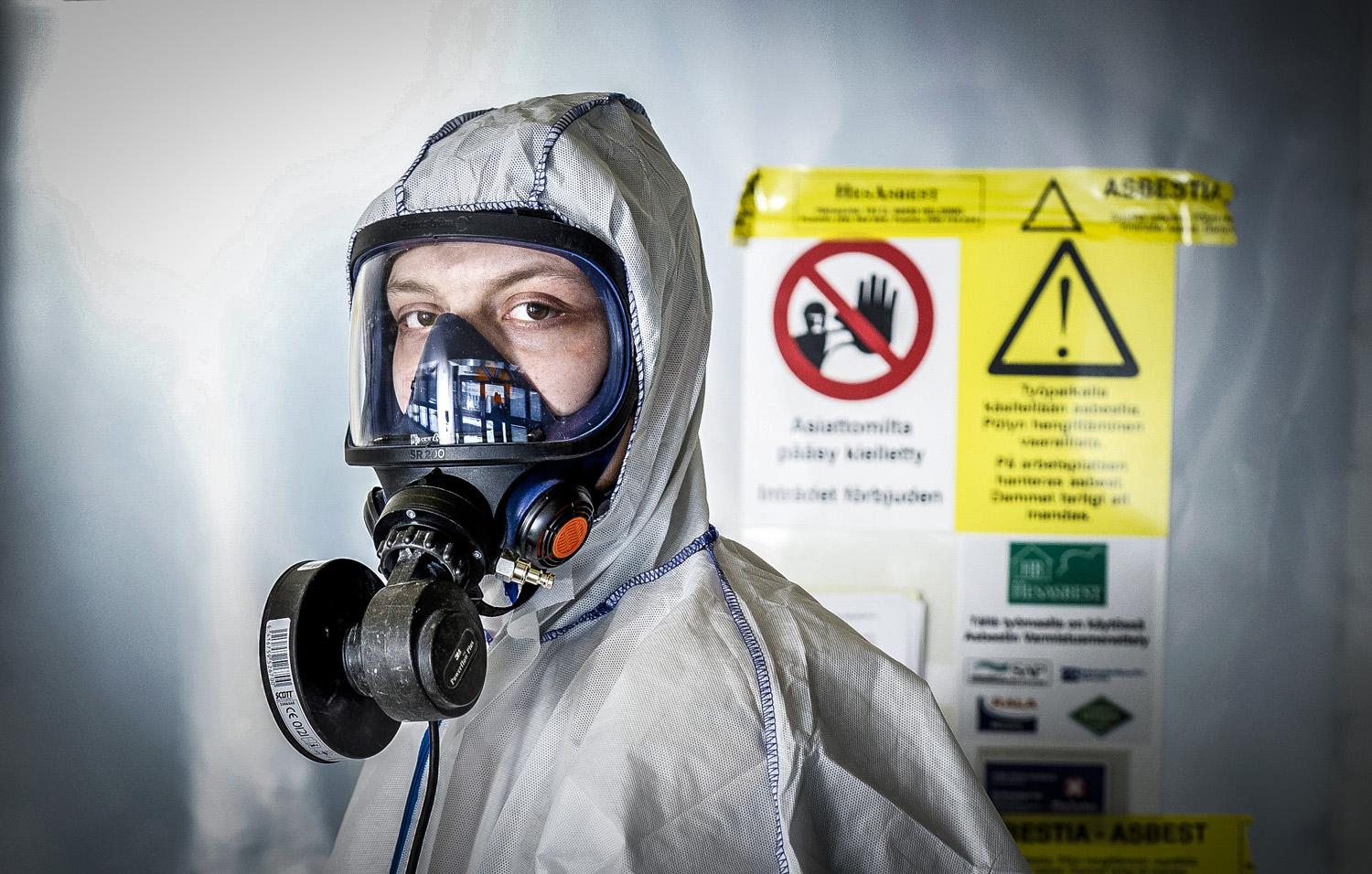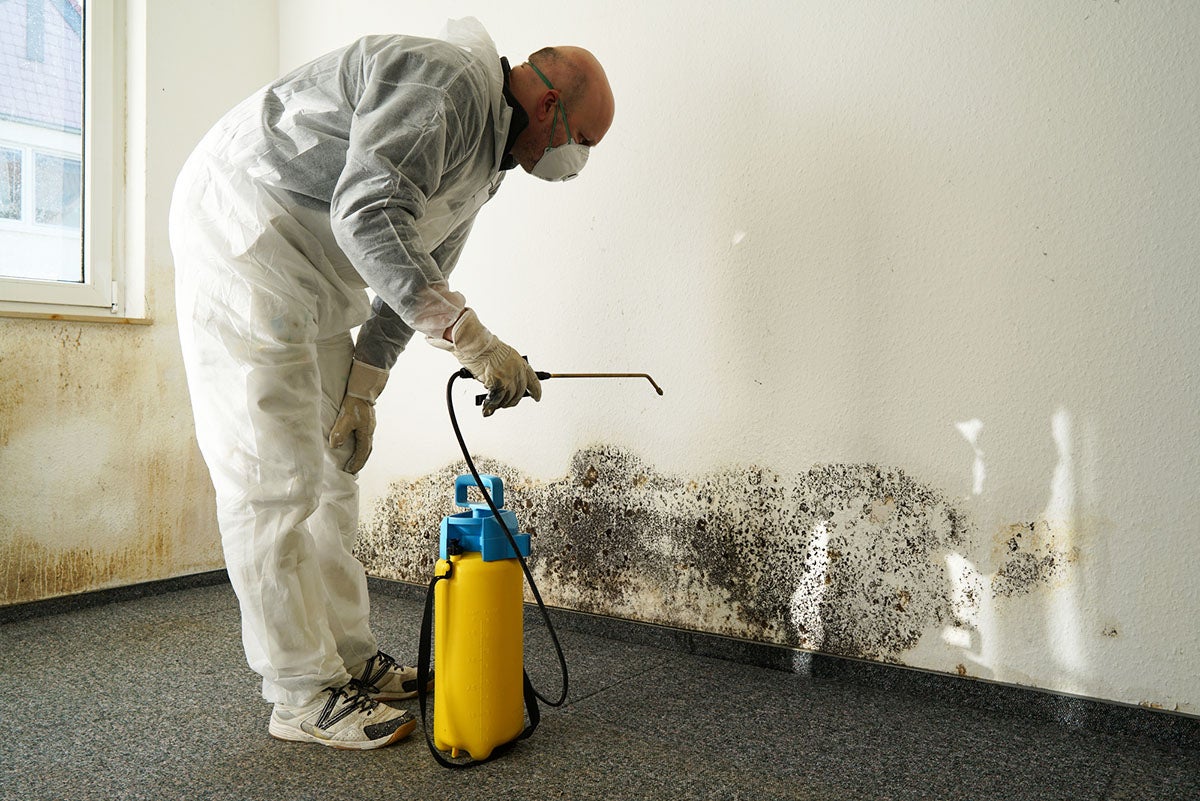
Mold growth in homes or commercial spaces can pose serious health risks and damage the property if not dealt with promptly and effectively. Removing mold requires a systematic approach that focuses on eliminating the existing mold, addressing the underlying causes, and preventing future growth.
When left unattended, mould growth in buildings, whether residential or commercial, can endanger people's health and cause major property damage. It takes a methodical approach to remove mould, one that concentrates on getting rid of the current mould, taking care of the underlying issues, and stopping further growth. To assist you in establishing a secure and healthy environment, we'll talk about several efficient mould removal strategies in this post.
How to Spot Mould Infections
- Recognising the symptoms and signs of mould growth
- comprehensive investigation to find places with mould growth
- identifying typical mould species and their traits
Safety Measures

Dry Mould Elimination:
- Appropriate for treating minor mould infestations on non-porous surfaces
- using a HEPA vacuum to get rid of spores of loose mould
- using a moist cloth or sponge and a mild detergent solution to clean the surface
- drying the area completely to stop the growth of mould in the future

Removal of Wet Mould
- The best choice for larger mold-infested regions or permeable surfaces
- To reduce the spread of mould spores, water should be misted onto the affected area.
- With a brush or sponge and a cleanser designed specifically for mould, or with water and detergent, scrub the mould.
- Clean the area with water, then properly dry it.

removing mould chemically
- Effective against severe infestations or obstinate mould growth
- For non-porous surfaces, use a mold-specific cleaning or a solution of bleach and water (1 part bleach to 10 parts water).
- Apply the remedy to the mold-infested area, then wait a few minutes before removing it.
- Rub the area to get rid of the mould, then thoroughly rinse and dry it.
Preventing the Future Growth of Mould
tackling the underlying issues that lead to the growth of mould, such as wetness and humidity
monitoring and maintaining piping, ventilation, and insulation systems on a regular basis
properly ventilating rooms with a lot of moisture, such bathrooms and kitchens
lowering the indoor humidity to less than 50%
ensuring enough drainage around the building's base
It takes a combination of accurate detection, safety measures, and efficient removal methods to get rid of mould. You may eliminate mould from your surroundings and the threats it poses by using the recommended mould removal methods and implementing preventative steps. Remember, it's always advised to get professional assistance if you're dealing with substantial mould growth or have doubts about your capacity to treat it safely.